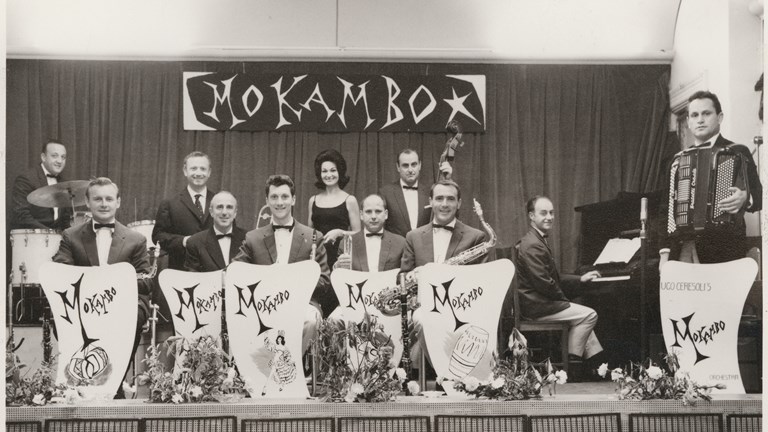
Each immigrant has their own story to tell
Immigration is about us all – those who were here and those who came.

Immigration is about us all – those who were here and those who came.
Many newcomers to Victoria spent their new lives in limbo, spending months in temporary migrant accommodation, committed to two year labour contracts. For others, settlement has been far easier because they spoke English, or government had offered assistant land or home scheme.
Generations of immigrants have had to adapt to a new climate, new landscape, new language, new currency, and new lifestyle, especially those who have settled in rural areas.
Each immigrant has their own unique story to tell. Whilst for many it was difficult, the vast majority eventually found their feet. The immigrant stories below explore why they came, where they settled and how they started a new life in Victoria.

Explore Ukrainian experiences of cultural connection and identity, sustaining the community across generations and across the world.

In 2015, curator, writer and artist Peter Burke invited current and former asylum seekers and refugees to create artworks for an international touring installation that addressed their experiences.

Fair and fascinating: girls in 19th century Victoria.

Setsutaro Hasegawa, Japanese migrant and WWII internee, 1897-1952

It is 1964, on a footpath in Carlton. Outside La Cumparsita Hall small groups of finely-dressed revellers take in the cool air. They are here for the music and spectacle of the Ceresoli brothers’ Ballo Mokambo.

Nickel arrived in Australia as a refugee in 2009 but trying to be an artist in a new country has many challenges. He cannot return to the country of his birth.

The Eid brothers migrated from Lebanon and established taxi businesses in the early 1970s. Handling 'the good, the bad and the ugly' in the back seat became a way of life.

Karl sat decorating cakes behind a barbed-wire fence. It was not the future he had imagined when he first arrived in Australia.

Alone in a new country in 1987, Masumi had a critical decision to make – stay in Melbourne or return home to Japan.

Two men who left the political turmoil of their beloved homelands to migrate to Australia. Yet their experiences could not be more different.

The Gung family: three Chinese generations since 1890.
* This story is no longer showing in the Immigrant Stories exhibition.
We are making improvements to our website and would love to hear from you about your experience. Our survey takes around 10 minutes and you can enter the draw to win a $100 gift voucher at our online store!
Museums Victoria acknowledges the Wurundjeri Woi Wurrung and Boon Wurrung Bunurong peoples of the eastern Kulin Nations where we work, and First Peoples across Victoria and Australia.
First Peoples are advised that this site may contain voices, images, and names of people now passed and content of cultural significance.